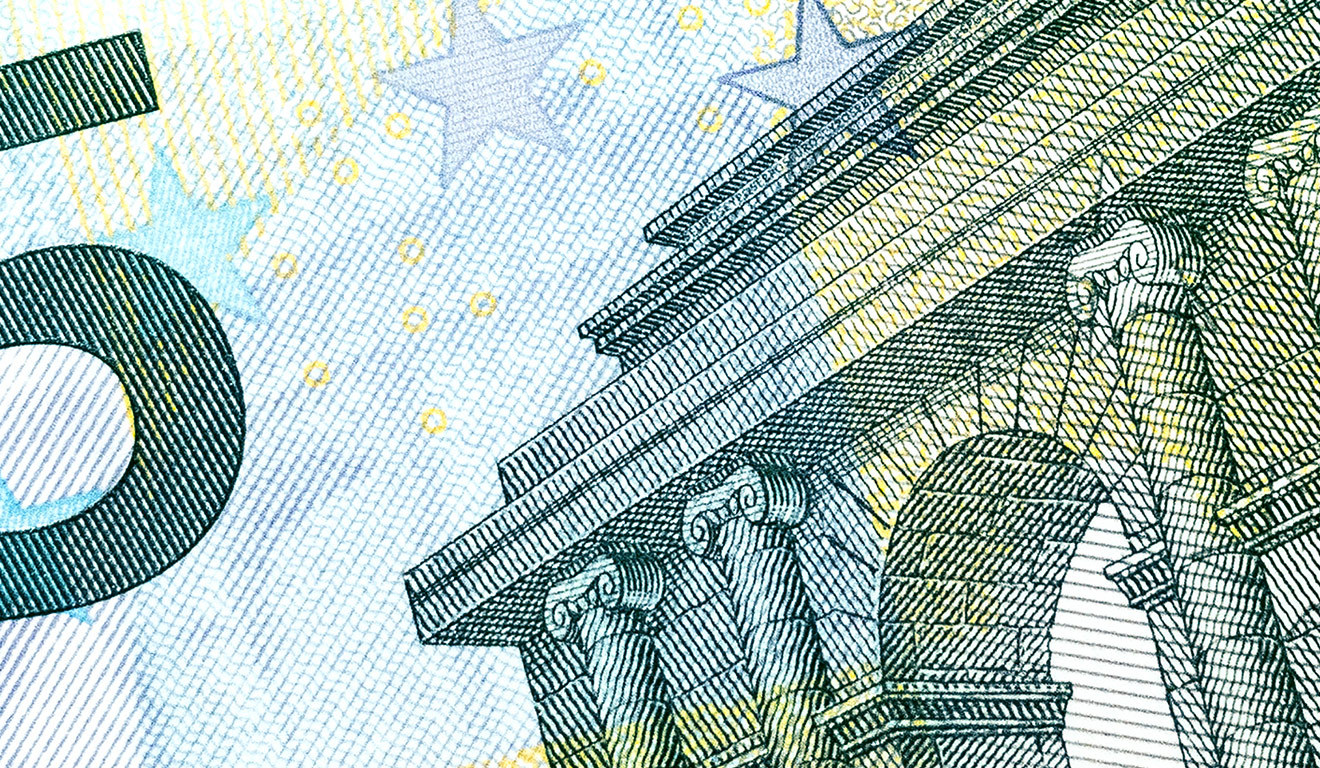Every business starts somewhere when it comes to a website. Over time technology improves, your business evolves and your audience may change. But when is it really worth it to upgrade your website?
You may benefit from a website upgrade if…
Your team spends too much time managing your website
Is your team spending more time then they need to updating your website? If you haven’t looked at what features could be available to you if you upgraded you may be missing out on substantial savings over the long run.
Say your team spends 4 hours per week managing your website. 208 hrs/year at $20/hour, would cost you $4,160.
Reducing your website management time down to 3 hours per week would cost $3,120/year, saving you $1,040 for the year.
If your team spends a considerable time managing your site, the savings can add up quickly.
Talk to your team and see where the pain points are. Then find out if there are any new tools or ways your design team can update your website so your team can focus on other tasks.
Even a few small updates could save you a lot of money over the next few years. Or could keep you from having to hire as quickly.
Your website no longer communicates your brand effectively
Sometimes you may need more than a few small updates to communicate a rebranding effort. Fonts, colors, layout, copy, graphic style, photography, and other media may all need to play a role in communicating new messaging to correspond with a visual rebranding effort.
Upgrading your website entirely may be more cost-effective than trying to retrofit the new with the old.
The costs to make small modifications is becoming greater due to heavily-customized development
As technology continues to improve at a rapid rate, your once flexible, easy-to-update website may no longer be as simple to work with as new products out on the market. You may have needed custom development to pull off certain functionality or designs on your website 5 years ago. But if you switched to another platform or updated your current platform to take advantage of newer features you may save yourself money in the long run.
Do the upfront costs outweigh the potential savings in the long run? What have you been giving up doing on your website to avoid having to go through a redesign?
Your website is slow
Performance is a big deal. It can cost you customers due to a number of factors. The biggest: your SEO rankings and your user experience.
Not all content management systems are created equal. It might be nice to have all the additional features but more features = more files and more bloat. And more bloat can lead to longer page load times.
Are you hoping to add background videos and large graphics or photography to your website? Those large assets will greatly increase the file size of your webpages if your content management system and server isn’t setup to process them effectively.
If your customers will benefit from large visuals, video and other rich media, first make sure your platform is equip to handle it.
A slow website can decrease your search engine rankings and turn away customers in the blink of an eye. How many customers will you turn away before you decide an upgrade is worth it?
You might be interested in reading: How to Improve Performance and User Experience with Vector Graphics and Responsive Images.
Conclusion
We all start with a basic website. For some of you, that may be all you’ll ever need. For others it is the primary source of your income. Spend some time really investigating your current website and any problem areas you might have. Run the numbers so you know how much you would need to save in the long-run to make your upgrades worth while.
To get a better idea on cost check out my article How Much Does A Business Website Design Cost?





